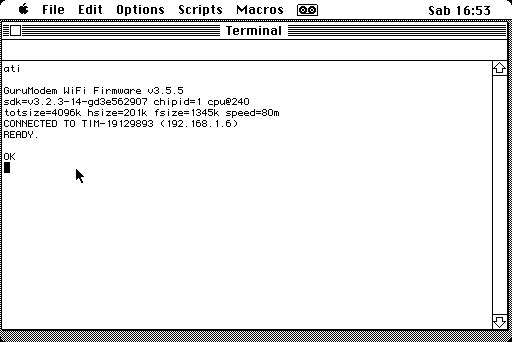Pascal is an imperative e procedural high level programming language. I learnt it at high school and developed applications with Borland Delphi for many years in my first employment.
The Macintosh System OS (the classic one) was developed in Pascal and Apple released its official documentation keeping this language as main reference to developers that wanted to develop for its platform.
Fews days ago I’ve found an interesting site about Pascal programming with lots of examples called SWAG (Sourceware Archive Group).
SWAG is a collection of source code and program examples for the PASCAL programming language. The material has been donated by various PASCAL programmers from around the world, who desire to contribute to the advancement of one of the greatest programming languages there is. SWAG packets are available in 57 different categories covering EVERY aspect of the PASCAL language, and ALL ABSOLUTELY FREE !!! … The material contained in SWAG is intended to be a teaching and learning aid for users of the PASCAL language. Whether you are a beginner or experienced programmer, you’ll find SWAG to be an invaluable source of ideas and information.
So I’ve decided to keep a copy of the last SWAG release. Click here to start reading.


















